Monthly Archives: January 2010
La Grenouille: Excellent dining experience
I’ve just returned from NYC where I was prompted by the very favorable NYTimes review of La Grenouille (“the last great French restaurant in New York”) to try it for the first time. It was the most successful dining experience I’ve had in more than five years so I thought you might like to know about it.
The amuse bouche was a very flavorful pea soup whose green color is hard to see in this picture taken with available light:
The seared foie gras was garnished with quince, which I mistook for apple. The quince had a wonderful flavor that was new to me.
The lobster ravioli were perhaps the least successful dish of the meal — there was no clear flavor — but they were really pretty!
The Dover sole is one of their signature dishes, and rather hard to find on this side of the pond, so we had to splurge. The highly-touted mustard sauce was appropriately mild but the sole was best with just a squeeze of lemon.
Although magret de canard is a great favorite and something I therefore often make at home, I’d never made it a l’orange, so that made it an attractive choice. Imagine my surprise when it appeared without an orange in sight but rather kumquats! What occurred next was even more surprising: when I mentioned the discrepancy to the waiter he returned immediately to suggest that I eat slowly because the chef was preparing an orange sauce for me!
The manager subsequently sent some muscadet to be drunk with the signature dessert souffle; the Grand Marnier was not as good as our own (it needed a big slug of orange rind) but the pistachio was outstanding.
Highly recommended! (There is an inexpensive daily lunch menu in the upstairs dining room and an attractive $59 prix fixe theatre menu served before 6pm.)
Lahey’s No-kneed Bread
As someone who’s always been interested in what might be called the effort-to-reward ratio sweepstakes, I have to report to you the newest entrant among the very best candidates: the Jim Lahey no-kneed bread method. If you’ve already got an enameled cast-iron dutch oven — I have a Copco one from the 60s — then you’re ready to roll. I would recommend investing in a decent digital scale so that you can easily measure the ingredients by weight. I’ve discovered that it takes 4 minutes to mix the ingredients for the first rise, 3 minutes to punch down and prepared for the second rise and 1 minute to put the risen dough into the pot to bake. This is almost certainly the biggest pay-off I’ve even had from 8 minutes of cooking!
Here’s the cover of the book Lahey put out after Mark Bittman had alerted the world via his Minimalist column in the Wednesday New York Times food section:
Here’s the list of ingredients for the cheese version of the bread:
And here’s the finished product:
Nice moist, chewy crumb and one of the toughest crusts you’ve ever seen:
Here’s the beginning of the Pancetta Bread:
The recipe could not be simpler. Happy baking!
Update (2/25/10): Of the various varieties all with basically the same formula, I now prefer the olive bread made with twice the amount of olives called for in the recipe (I use 1 1/2 cups). I do think it benefits from a little additional salt!
Foodies Gather at Cordon Bleu’s Technique
It goes with saying that when you go to a student-run restaurant at a cooking school, even one run by Cordon Bleu, you don’t expect professional service or cutting-edge cuisine. The former is unrealistic and the latter is just not what cooking schools are about. With this in mind, a large contingent of Foodies had a most enjoyable visit to Technique in the Atheneum Building on First Street in Cambridge. Of course it helps when stretching an hour-and-a-half meal over almost three hours to have a group of very congenial people around the table.
The menu was about as straightforward as it could be:
I had the soup which was very good — the combination of celery root and cauliflower is not one I’ve used before but I liked it enough to add it to my list. The Grilled Flat Iron (beef) was flavorful and came with a potato preparation I did not know: Pommes Fondant, apparently a block of potato braised in stock and then browned nicely on all sides; the passable bearnaise lacked the clear tarragon flavor it should have had.
The “Warm Tart Tatin” was an unobjectionable poached — or perhaps baked — apple sitting on a circle of puff pastry. Not very impressive as an example for students to emulate but my strong criticism had another focus: this dessert was not in any way related to the classic French Tart Tatin beyond being made with apples. First, I expected that here, of all places, I could count on receiving a reasonable facsimile of authentic Tart Tatine (which doesn’t require any more than entry-level pastry skills to make well); in fact, no serious attempt had been made to fulfill the “contract” I had made in placing my order. Second, and more important, that students were paying top dollar ($45K per associates degree over 15 months) to learn from what purports to be a leading French authority about classic French cuisine and then being mislead so thoroughly seemed to me a travesty. (I get similarly upset when dishes described as “risotto” turn out to have been made with Uncle Ben’s — “risotto” has a very specific meaning in Italian cooking; it does not mean “anything made with rice.”)
Returning to the restaurant’s potential value to diners, I hasten to say that it fills an otherwise empty niche very well: if you have an evening free and intend to pass the time conversing with your companions over a meal which will satisfy a wide range of conventional tastes, Technique can deliver quiet ambiance and a competently cooked meal at an attractive price.
[I hope others who were present will use the comments to add additional perspectives on our experience.]
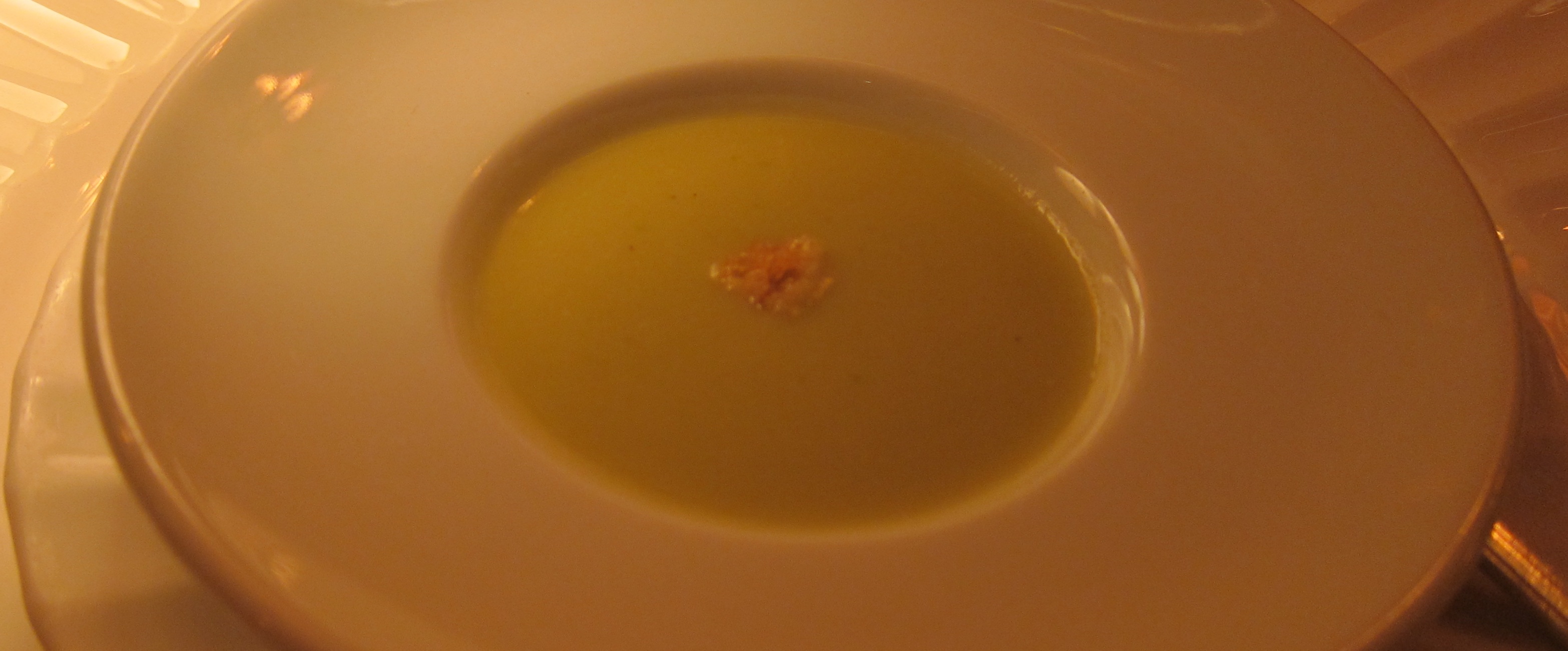
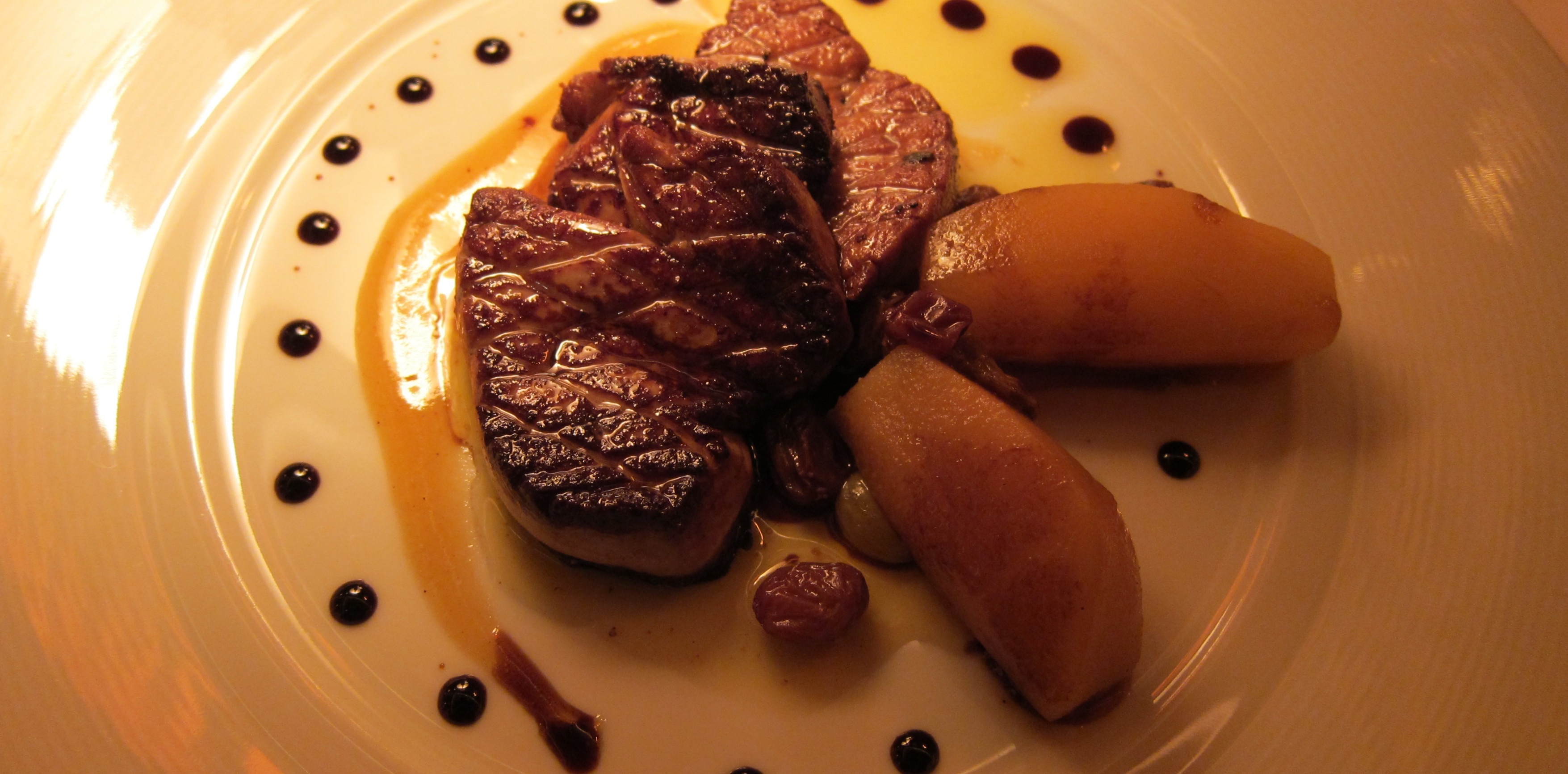
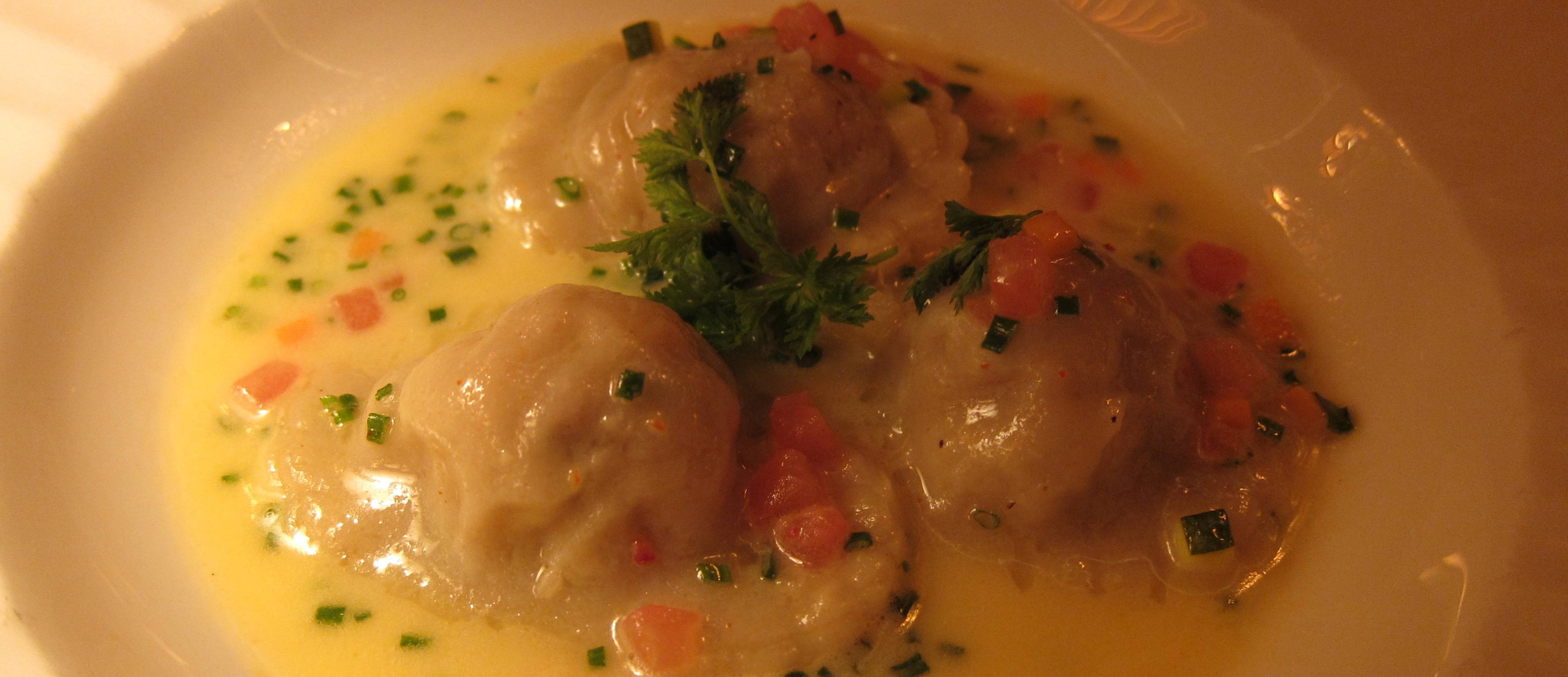
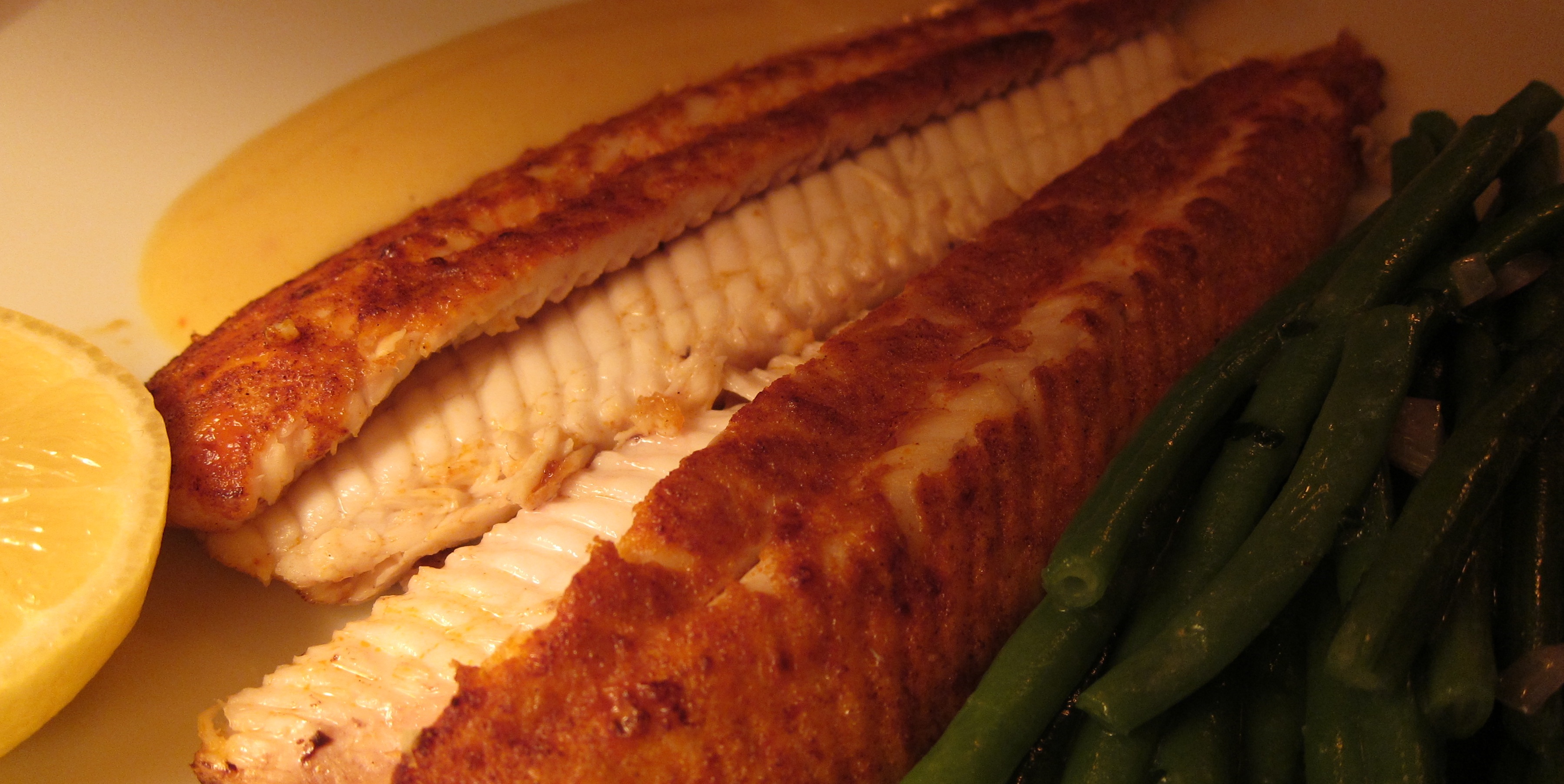
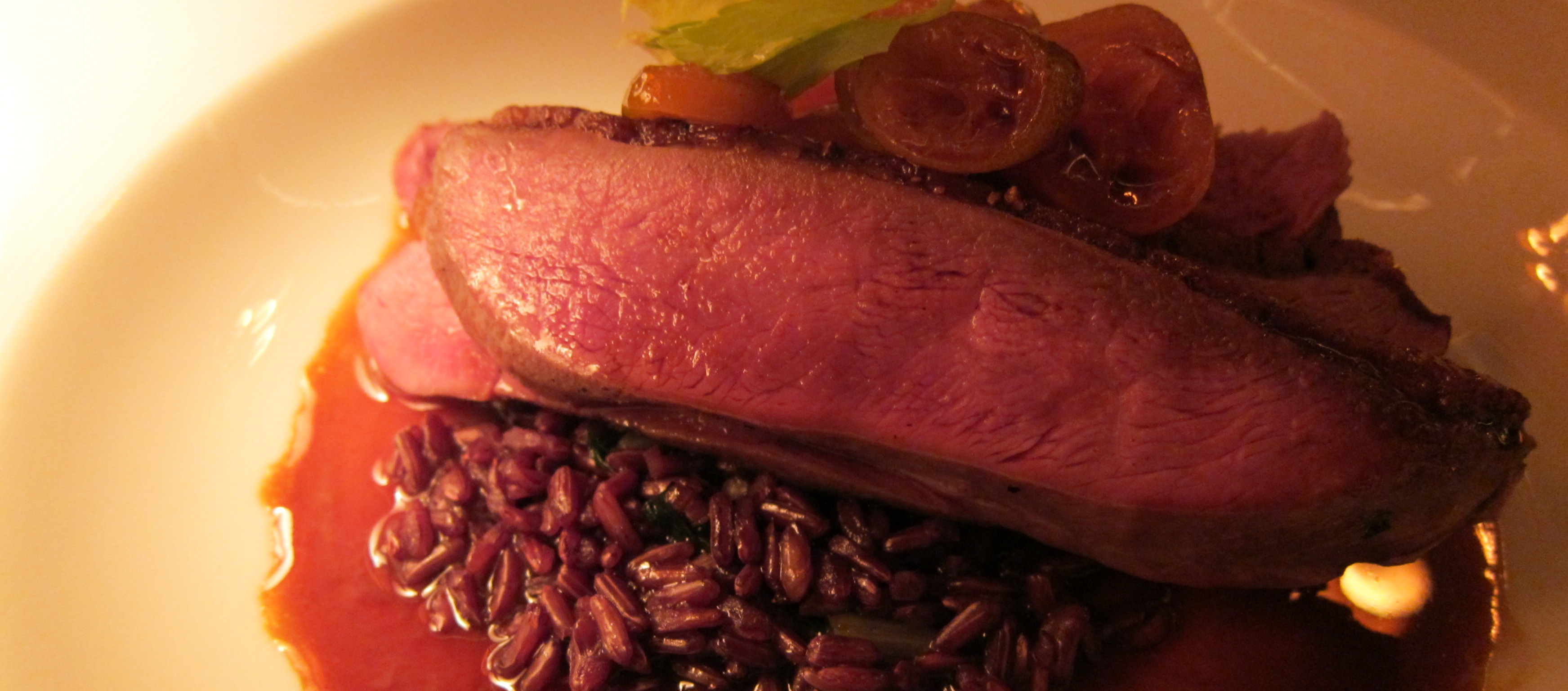
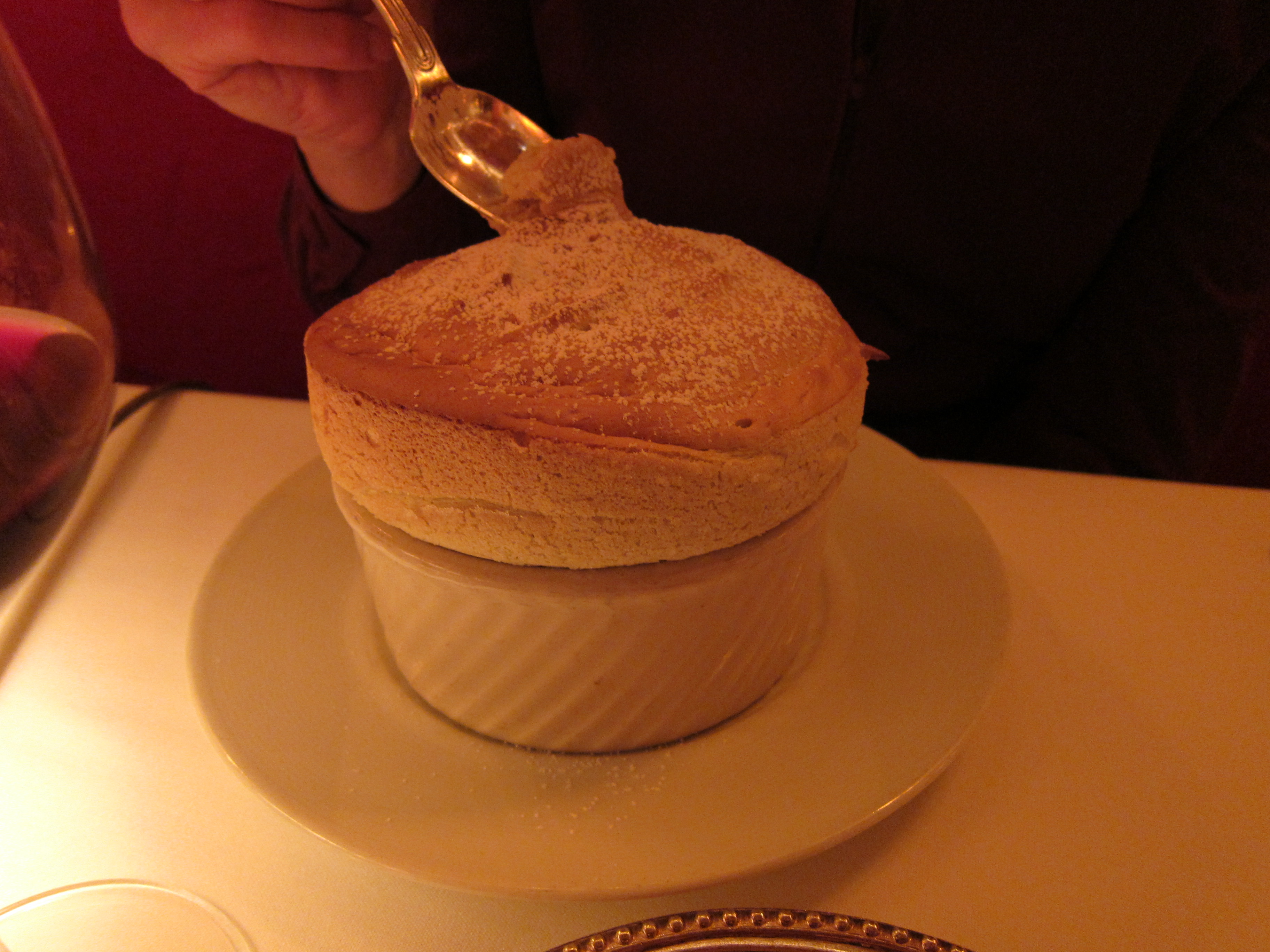


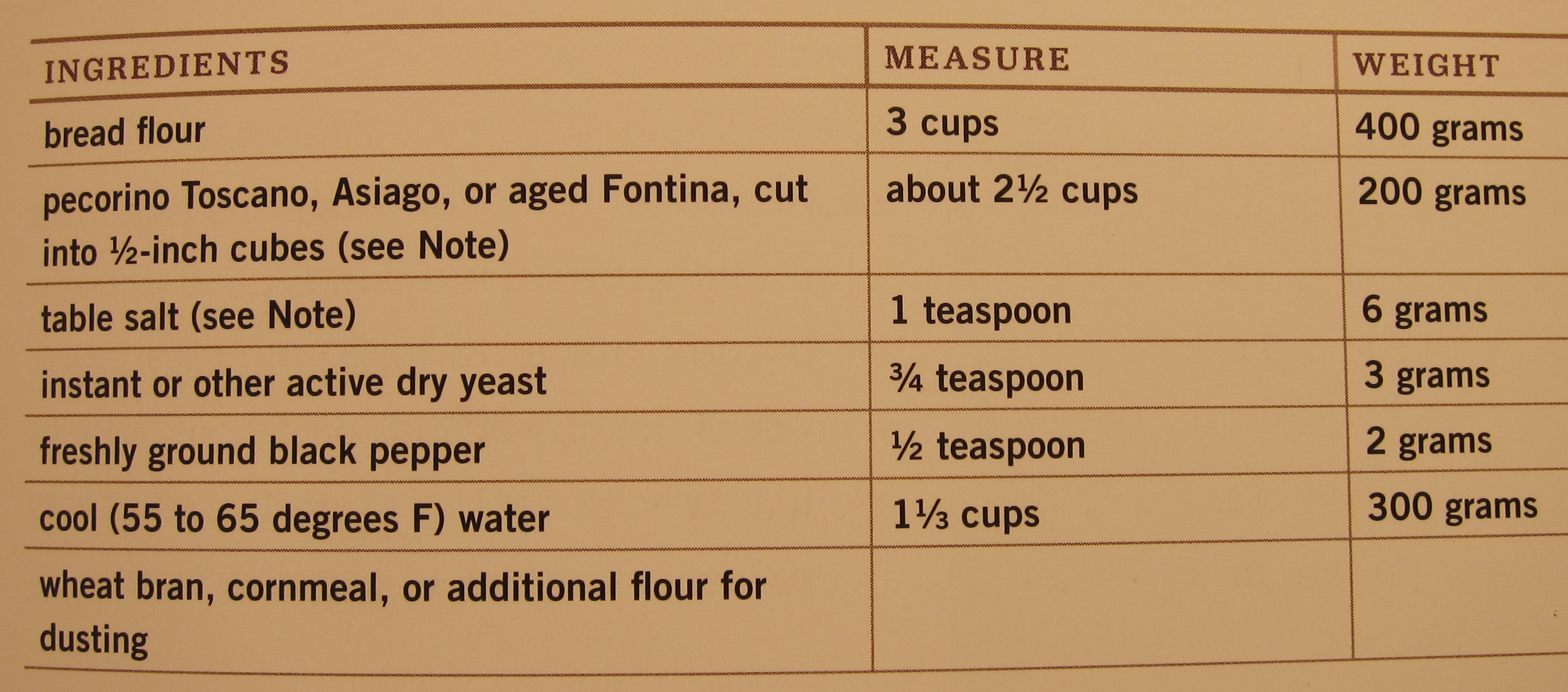
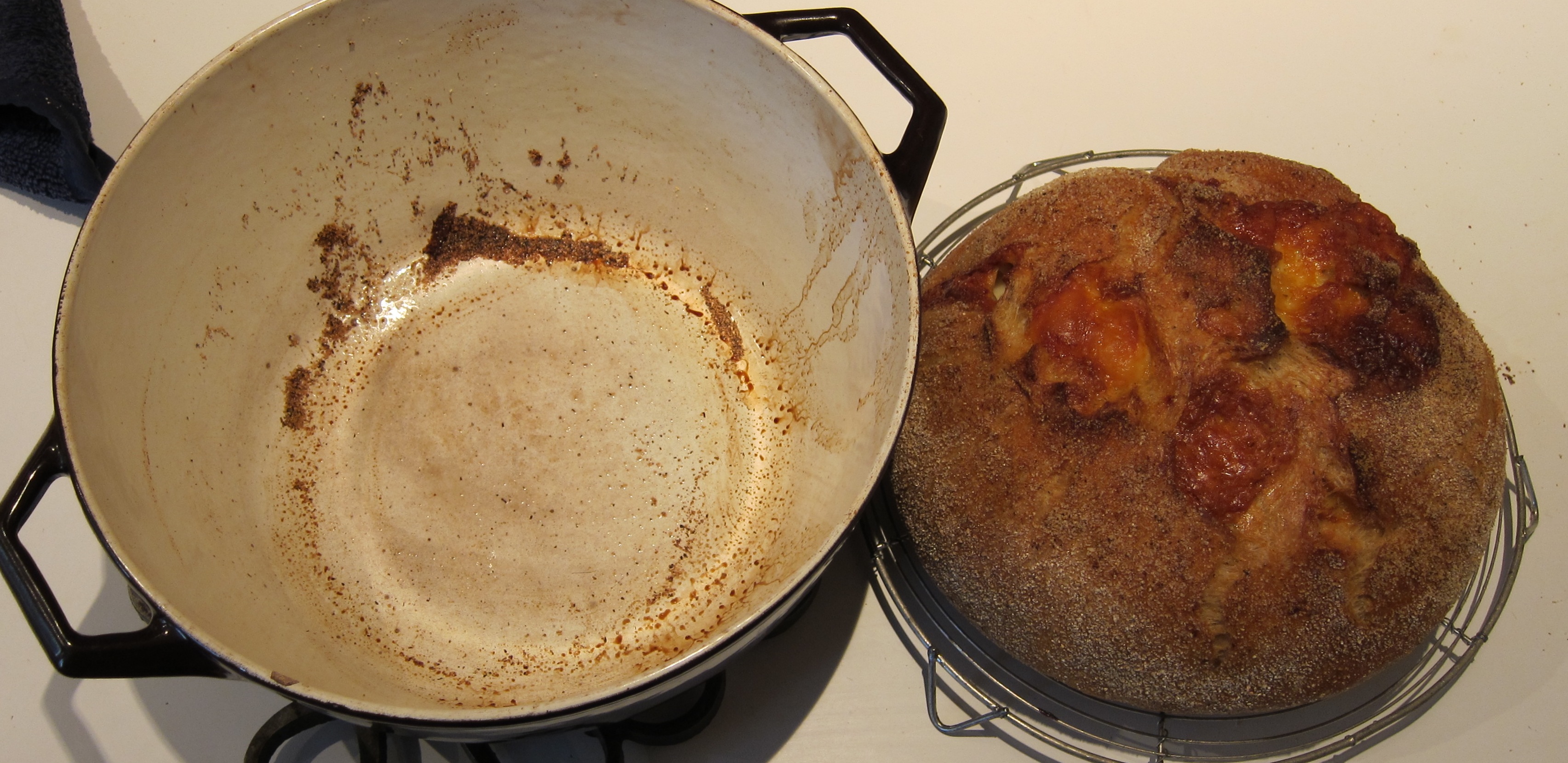

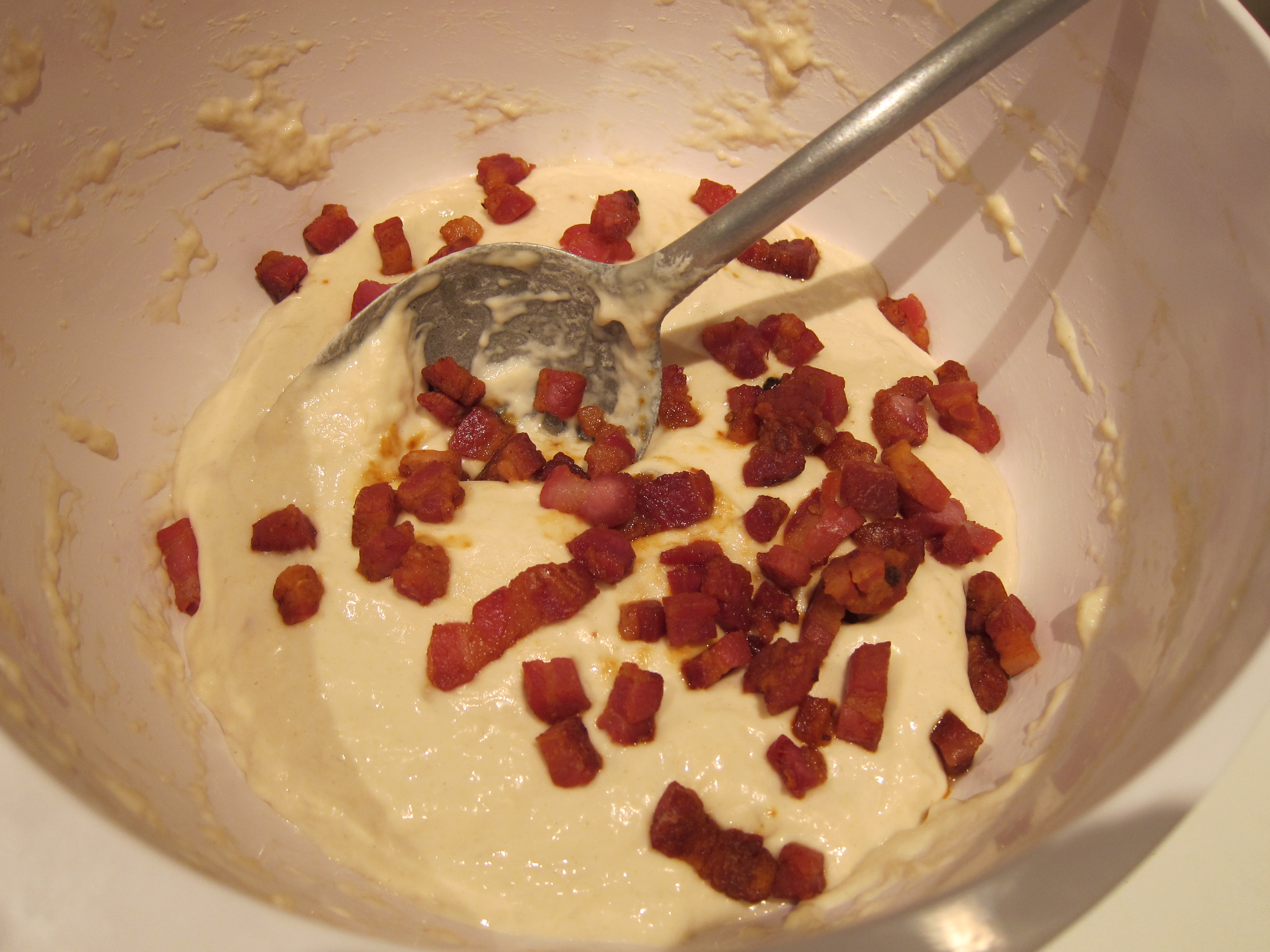
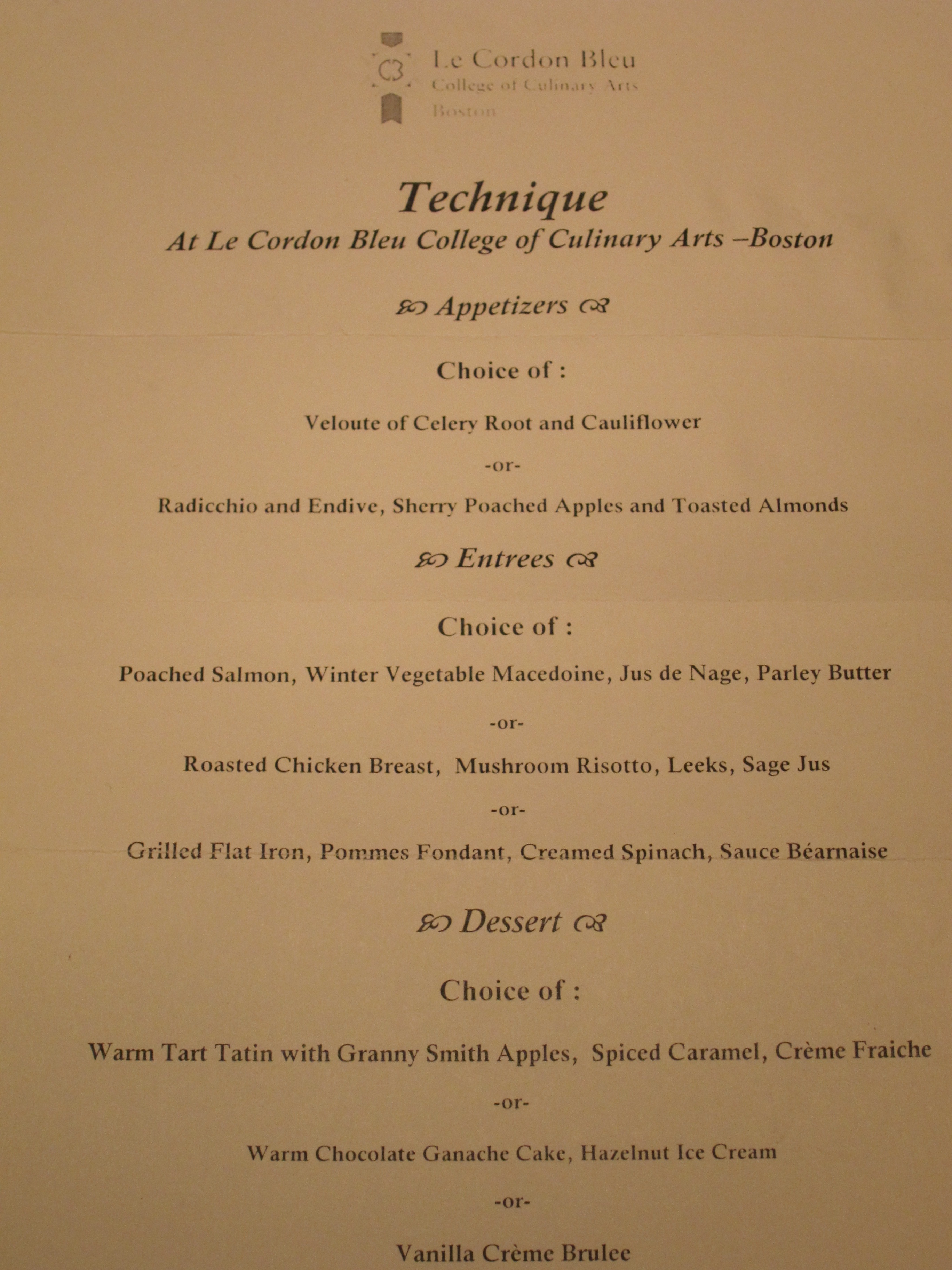

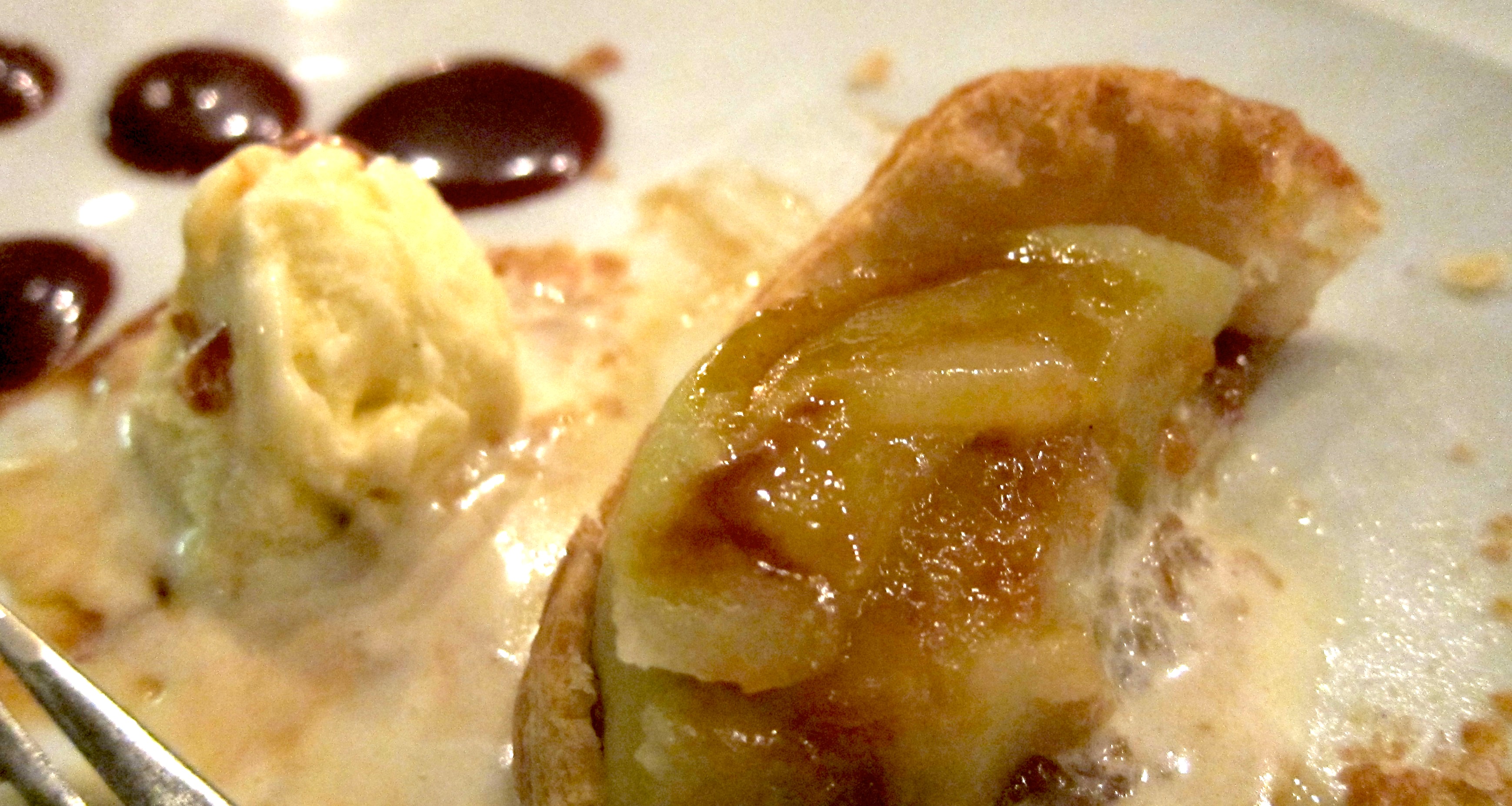
Recent Comments